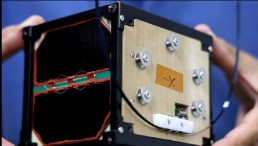space

NASA Giving Away $29K To Someone Who Can Figure Out How To Protect Astronauts
SpaceX Tests Escape System on Dragon Capsule
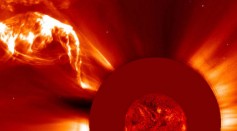
NASA Video Shows Giant Solar Filament Exploding from the Sun
NASA’s Charles Bolden Discusses Why “Mars Matters”
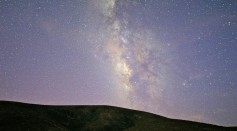
Meteor Shower Rains Bits of Halley’s Comet Down on Earth
SpaceX Preps for Test of Dragon Capsule
Humanity Closer to Mars Than Ever According to NASA
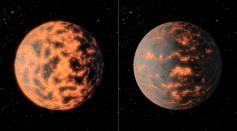
Super Hot, Super Earth Found 40 Light Years Away
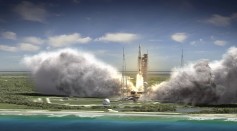
New Name for Space Launching System Could Be On The Way
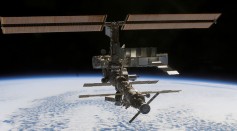
Canada Extends Its Support for the International Space Station
Will Russia Dismantle the ISS?
No Fuel? No Problem. New Technology May Make Interplanetary Travel On Electromagnetic Propulsion
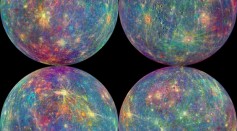
A Fond Farewell to NASA’s MESSENGER
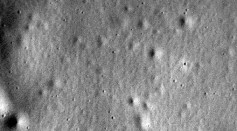
A Final Scene from Mercury—MESSENGER’s Last View
Most Popular

The Role of AI in the Next Generation of Logistics: Insights from Tobias Waldhecker

Alzheimer's Treatment Drug Lecanemab Found to Increase Death Risk, New Research Shows

Cloned Black-Footed Ferret Gives Birth to Two Healthy Kits

Optimizing Complex Catalog Systems with Graph Theory and Indexing

